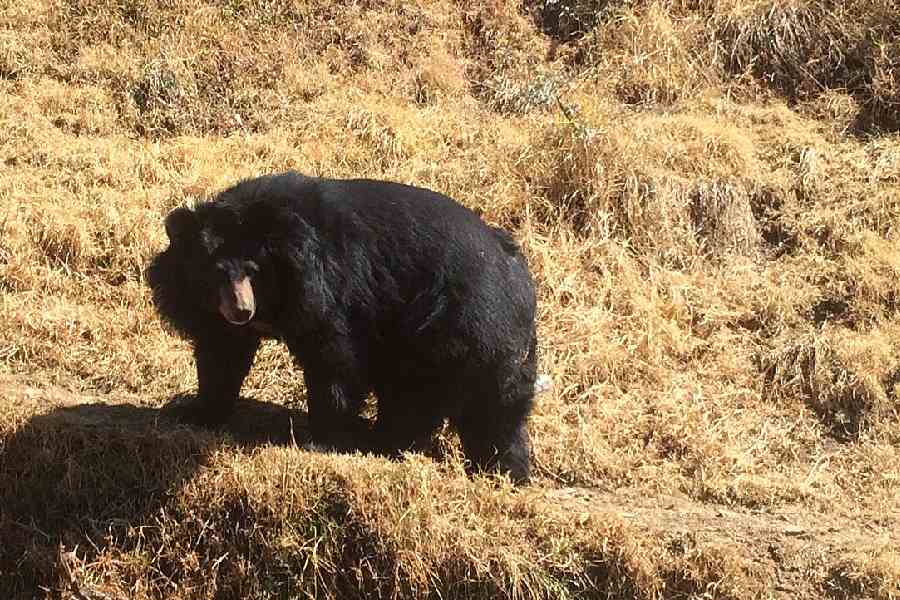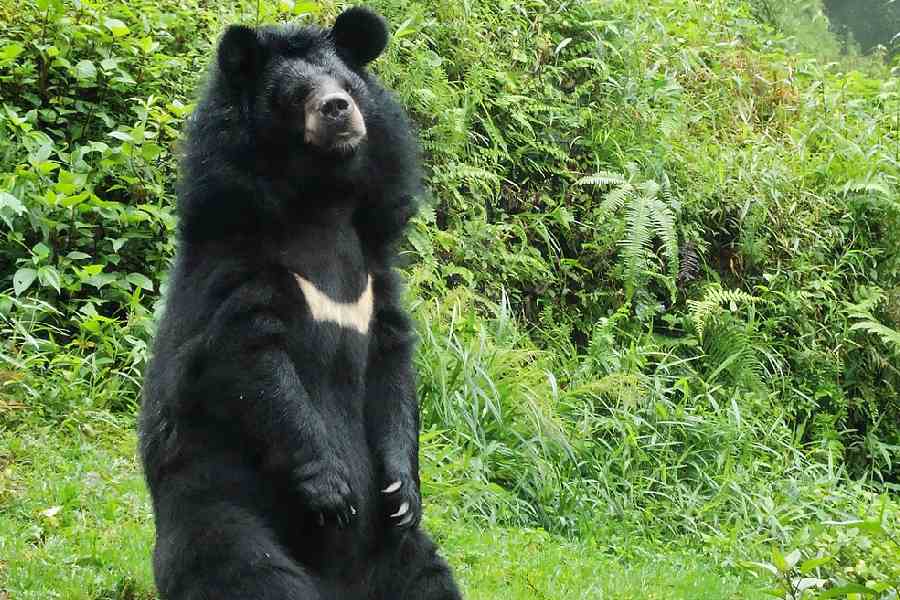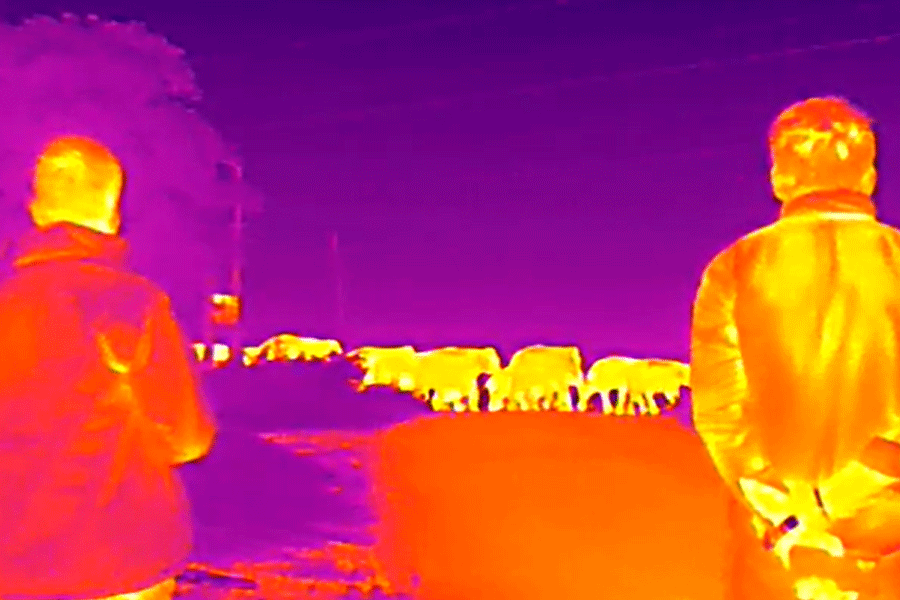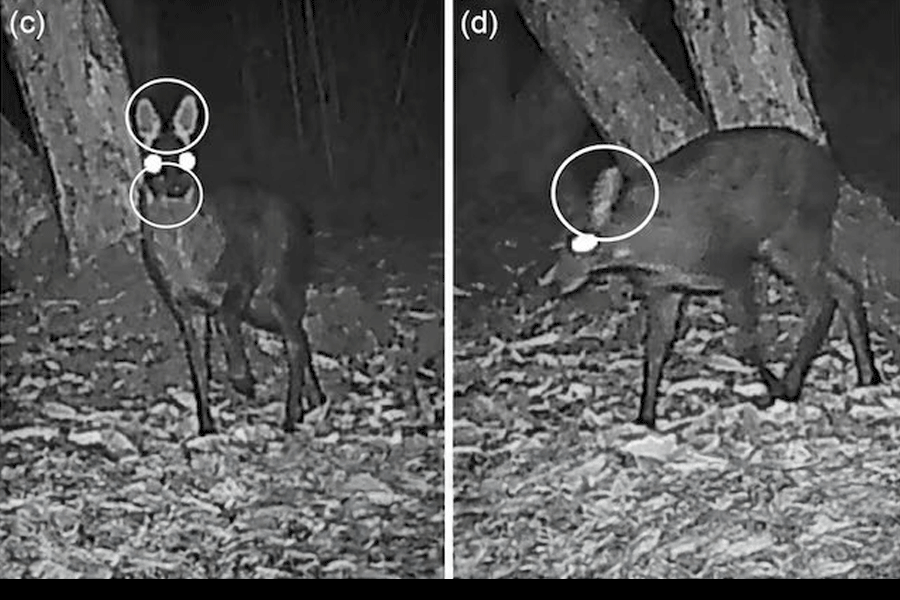Amid rising bear attacks in Uttarakhand, forest authorities have ordered a detailed behavioural study of the Himalayan black bear to find long-term solutions to growing human–wildlife conflict.
“With the help of wildlife experts, the forest department will conduct a study on bears to find a long-term solution to their conflicts with human beings in Uttarakhand,” said Chief Wildlife Warden Ranjan Kumar Mishra.
Chamoli, Pauri and Pithoragarh have been worst hit.
Wildlife expert Satya Kumar welcomed the move, noting no similar research has been conducted in the state.
Official reports say at least five people have been killed and 69 injured this year. Garbage around settlements remains a major trigger, though experts emphasise bears are not natural man-eaters.
A bear declared a man-eater in Pauri’s Thalisain area in September remains uncaptured, an incident officials describe as rare. “Except for Thalisain, we have not come across any other case where a bear has been declared a man-eater,” said Samir Sinha, Head of the Forest Force.
Uttarakhand is home to a wide variety of wildlife, including snow leopards, tigers, elephants, snakes, crocodiles, bears, and leopards, which often come into conflict with humans. In the past three years, deaths have also occurred due to attacks by bees and wasps.
In the last five years, bears have injured 438 people, according to official data. Bears are currently a problem in 17 of the state's 38 forest divisions, particularly in the higher altitudes of Garhwal and Kumaon.
Experts suggest that the shortened hibernation period of bears, driven by factors such as climate change, abnormal rainfall, human interference in forests, biotic pressure, reduced snowfall, and shrinking food sources, is contributing to their increased aggression.
Mishra, however, remains hopeful that the situation will stabilise after November 30, when bears are expected to enter hibernation. "Bears normally go to sleep between mid- and late November. But due to various factors, we are now expecting that they should go to sleep by November 30," Mishra said.
Experts note that bears eat and drink well before entering hibernation, as they need to sustain themselves through their two-month sleep. Being omnivores, bears consume both plant-based and animal-based food, including honey, fruits, Amaranth, and, at times, food found in garbage near villages.
Like all animals, bears are driven by instincts to survive, eat, and breed. "If bears know that food is available at a certain location and don't find any next time, they can become aggressive," Mishra said. Bears have a keen sense of smell, capable of detecting scents from distances ranging from 750 meters to 1 km.
Regarding bear population, experts explained that counting bears remains a difficult task. "This year, the All India Tiger Estimation is being conducted, which includes all predators, including bears, through camera traps. We are hopeful that bear counting will also be done," said Mishra.











